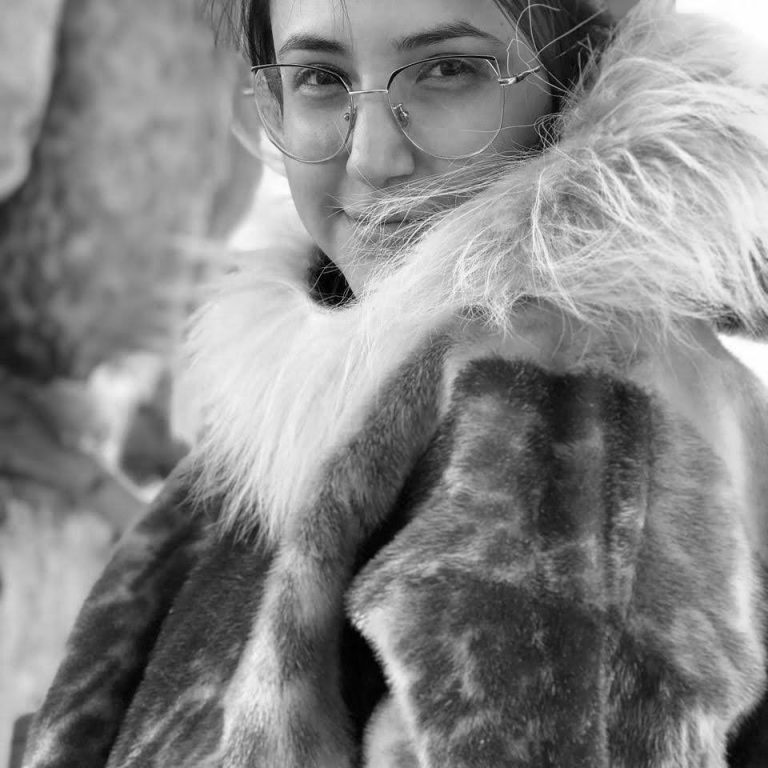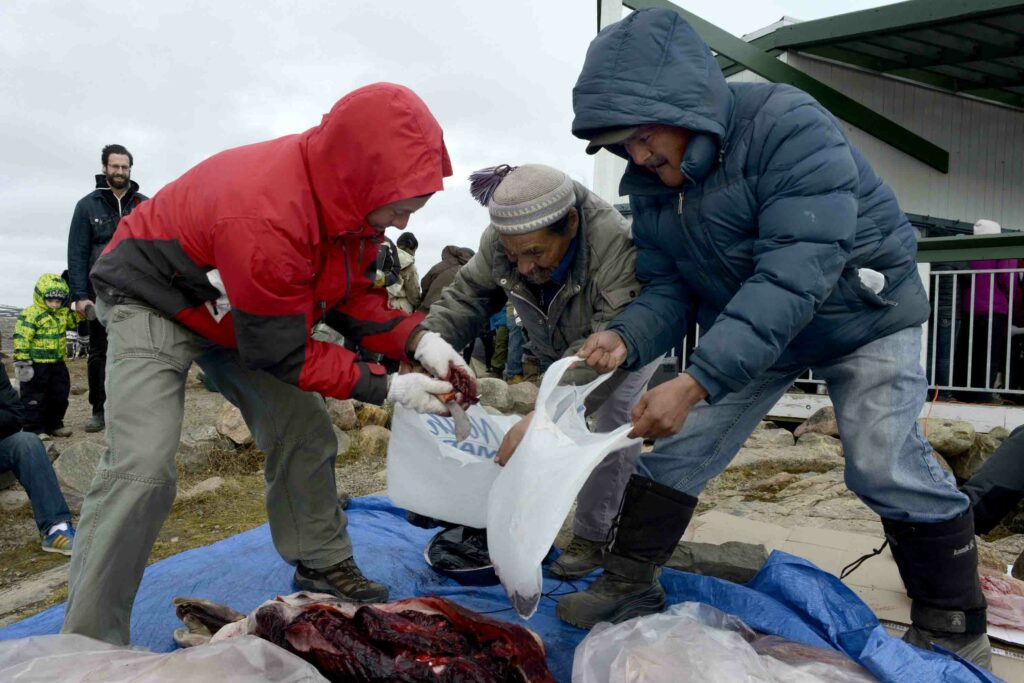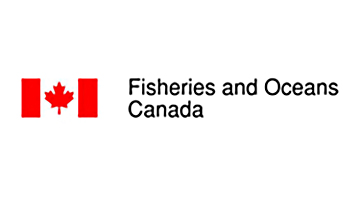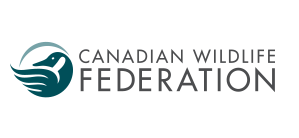In 1972, the United States passed the Marine Mammal Protection Act; ever since then US markets have been closed to seal products.
In 1982, the European Parliament, in response to high-profile pressure from Greenpeace and other activist groups, banned the import of whitecoat sealskins. Although they made an exemption for Inuit hunters — who never did target whitecoats — the market for ringed seal products collapsed. Sales dropped to less than 1,000 pelts in 1988 from more than 50,000 pelts in 1977. The pelts that were sold barely got $5 each (versus five times that a decade before).
The year 1983 brought a spike in suicides in northern coastal indigenous communities, a drop in annual income (for example: the annual income of a sealer in Resolute Bay dropped to $1000 from $54,000), and other devastating social and cultural challenges. Many of those who had been proud of working hard and making a living from their homeland struggled in the face of international scorn.
The European Union banned the importation of seal products in 2009. As in the earlier action, the EU exempted Inuit hunters from the ban—but the result was again devastating, reducing the number of pelts sold by 90%.
Demand for seal products is increasing in some markets, and seal is finding a new home in high fashion, the restaurant and food industry, and natural medicinal trade. Despite this, anti-sealing groups are still active and vocal, and pushing to eliminate consumers’ ability to choose natural, sustainable seal products.








